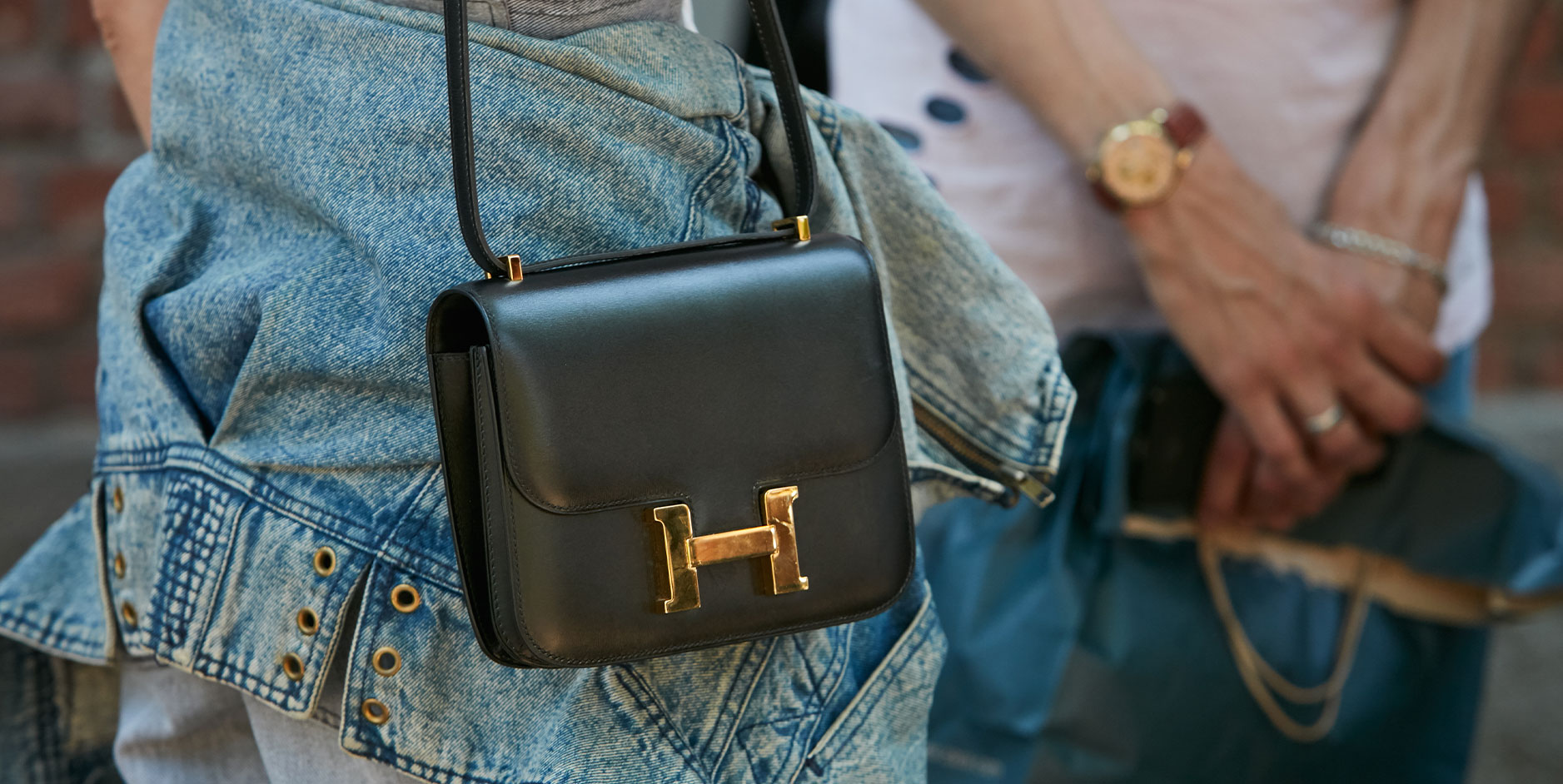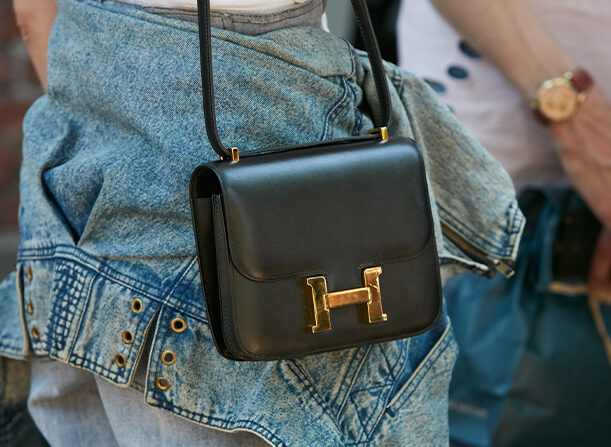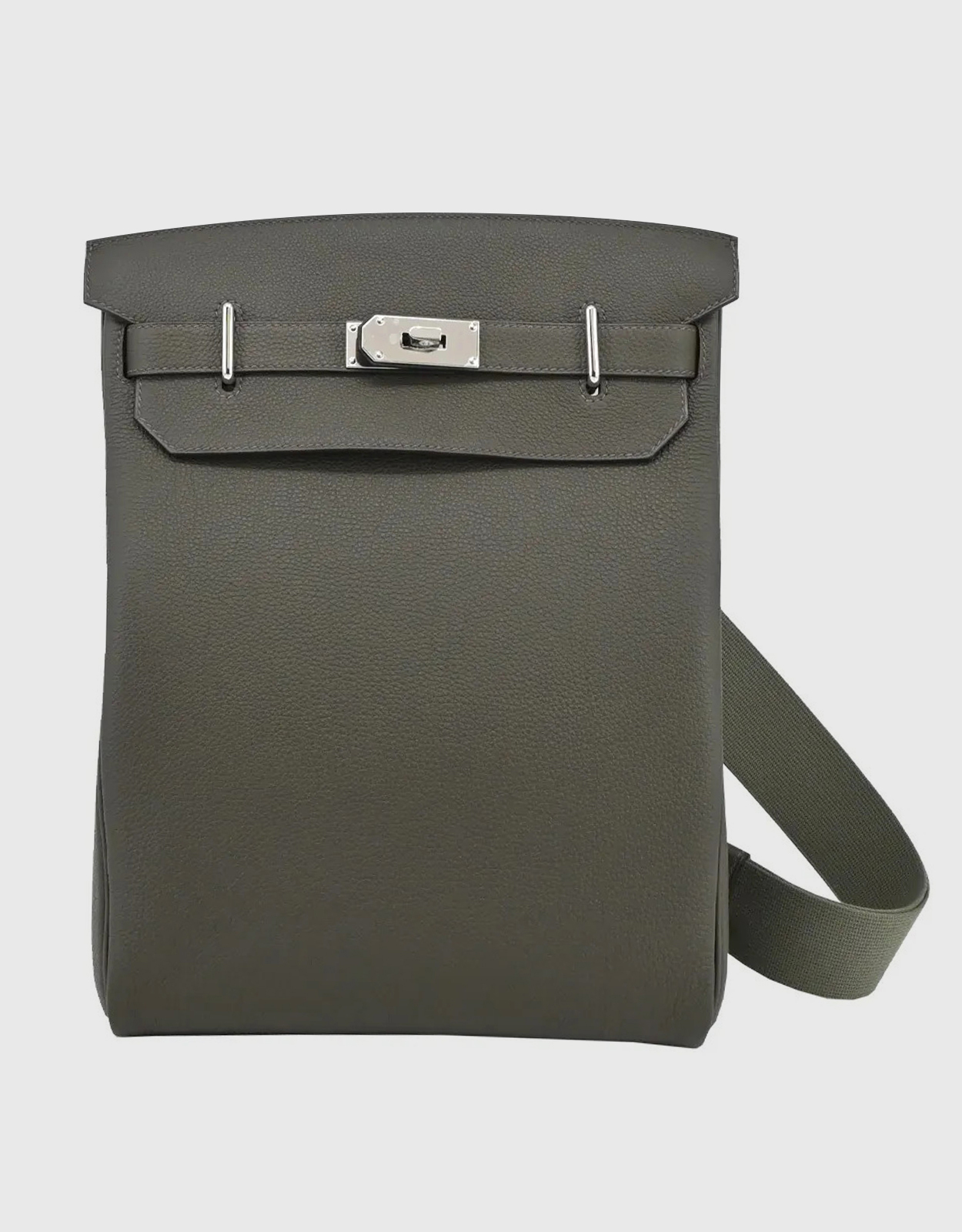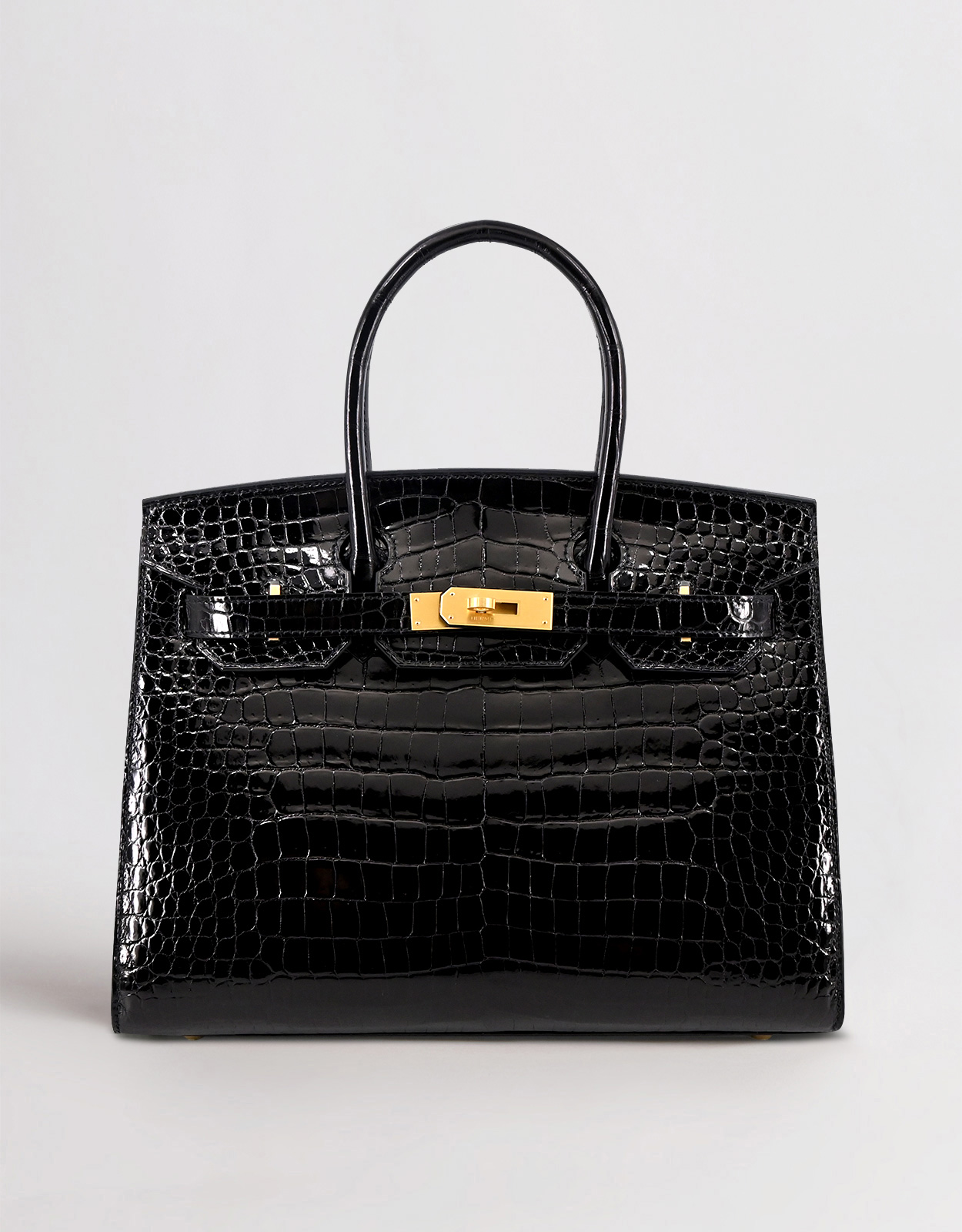This post is also available in:  English
English 繁體中文 (Chinese (Traditional))
繁體中文 (Chinese (Traditional))

When You Think of Hermès, What Comes to Mind?
Is it the ultra-exclusive Birkin bag on a socialite’s arm? Or the never-ending VIP waitlist that seems impossible to crack?
As one of the most prestigious luxury brands in the world, Hermès isn’t just selling handbags—it’s selling craftsmanship, legacy, and an elite status symbol. Every Hermès bag is handcrafted with over 48 hours of meticulous work, using only the finest materials and the expertise of skilled artisans.
But did you know that Hermès didn’t start out making handbags at all? The brand’s journey began in the world of equestrian leather goods, and over nearly two centuries, it has transformed into a global icon of luxury.
Today, we’re diving into the fascinating history of Hermès handbags, the signature leathers that make each piece special, and some surprising facts that will blow your mind!
The Equestrian DNA of Hermès: From Saddles to the World’s Most Expensive Bags
Believe it or not,Hermès started as a saddle-making workshop.
Back in 1837, Thierry Hermès founded a small workshop in Paris dedicated to crafting high-quality saddles and harnesses for European royalty and aristocrats. His horse-riding gear wasn’t just luxurious—it was built to last, making it a must-have for the elite riders of the time.
But as automobiles replaced horses, Hermès had to pivot. The brand took its expertise in fine leather craftsmanship and applied it to making luggage, handbags, and leather accessories. This strategic shift laid the foundation for the Hermès empire we know today.
Even now, Hermès stays true to its equestrian roots. The brand hosts the prestigious Saut Hermès show-jumping competition every year, and its iconic logo—a horse-drawn carriage without a driver—symbolizes how “a masterpiece still needs the right person to bring it to life.”
Why Is Hermès Packaging Orange? It Was Actually an Accident!
When you think of Hermès , one of the first things that comes to mind is that signature orange box. But did you know that this wasn’t the brand’s original color?
Before World War II, Hermès used ivory-colored packaging, which reflected its aristocratic elegance. But when the war hit, paper shortages made it impossible to get their usual boxes. The only available alternative? An unpopular orange paper stock that no one else wanted.
By pure chance, this temporary switch became a huge hit with customers. After the war, Hermès decided to make orange its permanent brand color, giving birth to the now-iconic “Hermès Orange.”
The Stories Behind Hermès’ Most Iconic Bags
Birkin Bag: A Design Born on an Airplane
In 1981, Hermès CEO Jean-Louis Dumas was seated next to French actress Jane Birkin on a flight. She was struggling to organize her things, frustrated that she couldn’t find a chic yet practical bag for everyday use.
Right then and there, Dumas sketched a design on an airplane sick bag, promising to create the perfect handbag for her. A few years later, the Birkin bag was born. Today, it’s one of the most exclusive and highly sought-after handbags in the world.
Kelly Bag: A Royal Endorsement
Originally launched in 1935 as the Sac à Dépêches, this Hermès bag was relatively unknown until it got a royal PR boost.
In 1956, Princess Grace Kelly of Monaco was photographed using the bag to discreetly cover her baby bump from paparazzi. The image became iconic, and Hermès officially renamed the bag the “Kelly.”
From then on, the Kelly bag became a symbol of timeless elegance—just like Grace Kelly herself.
Hermès Leather Guide: Which One is Right for You?
Not all Hermès leathers are the same. With a wide variety of textures, finishes, and durability levels, choosing the right one can make all the difference.
Here’s a breakdown of the most popular Hermès leathers and what makes each one special.
Cowhide Collection (Durable & Classic)
- Togo (Most Popular & Scratch-Resistant)
Texture: Pebbled grain, soft yet structured
Features: Keeps its shape, resistant to scratches
Best for: Everyday bags like the Birkin & Kelly
Scratch Resistance: ★★★★
- Clemence (Soft & Slouchy)
Texture: Larger grain than Togo
Features: Thick leather, develops a relaxed, slouchy shape over time
Best for: Casual, effortless style lovers
Scratch Resistance: ★★★
- Epsom (Super Durable & Stiff)
Texture: Embossed grain, firm structure
Features: Water-resistant, maintains shape perfectly
Best for: Those who want a structured bag that lasts decades
Scratch Resistance: ★★★★★
- Swift (Smooth & Vibrant)
Texture: Ultra-soft, no grain
Features: Shows colors beautifully, luxurious and delicate
Best for: Bright, eye-catching bags
Scratch Resistance: ★★
Lambskin (Light & Delicate)
- Mysore (Stronger Than Regular Lambskin)
Texture: Soft, fine grain with a slight sheen
Features: More durable than traditional lambskin, lightweight
Best for: Those who love soft leather but need extra durability
Scratch Resistance: ★★★
Exotic Leathers (Ultra-Luxurious & Unique)
- Lizard (High Shine & Small Scales)
Texture: Smooth, tiny scales
Features: Naturally glossy, rare and elegant
Best for: Mini bags and collectors
Scratch Resistance: ★★★
- Porosus Crocodile (The Ultimate Luxury)
Texture: Small, refined scales, glossy finish
Features: The most exclusive Hermès leather
Best for: Hardcore collectors and investors
Scratch Resistance: ★★★★
- Niloticus Crocodile (Subtle Luxury)
Texture: Larger scales, more matte than Porosus
Features: From the Nile River, a low-key but luxurious choice
Best for: Those who want an elite bag without too much flash
Scratch Resistance: ★★★★
- Himalaya Crocodile (The Rarest Hermès Bag Ever)
Texture: Silky smooth, soft gradient white tones
Features: The most expensive and rarest Hermès bag ever made
Best for: Elite collectors (if you can get your hands on one!)
Scratch Resistance: ★★★
- Ostrich (Unique Dot Texture)
Texture: Smooth with distinctive “pore” dots
Features: Lightweight, gets shinier over time
Best for: Those who love exotic but not-too-flashy textures
Scratch Resistance: ★★★★★
Why Hermès Bags Never Go on Sale
Unlike other luxury brands, Hermès never offers discounts. This exclusivity has made Hermès bags some of the best investment pieces in fashion history.
Birkin and Kelly prices increase every year, making them more stable than stocks in some cases. In fact, many pre-owned Hermès bags sell for more than their original retail price!
At the end of the day, Hermès isn’t just about fashion—it’s about heritage, craftsmanship, and legacy.
Now the real question is: If you could own one Hermès bag, which one would it be?






